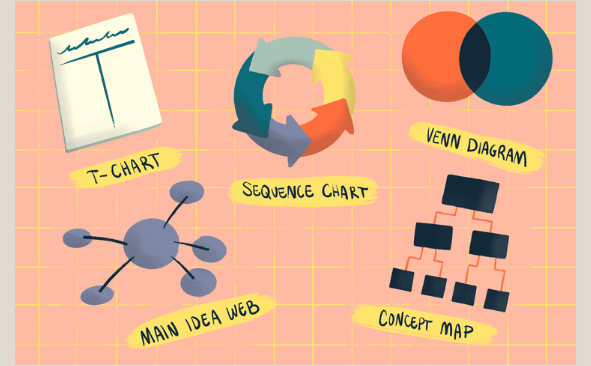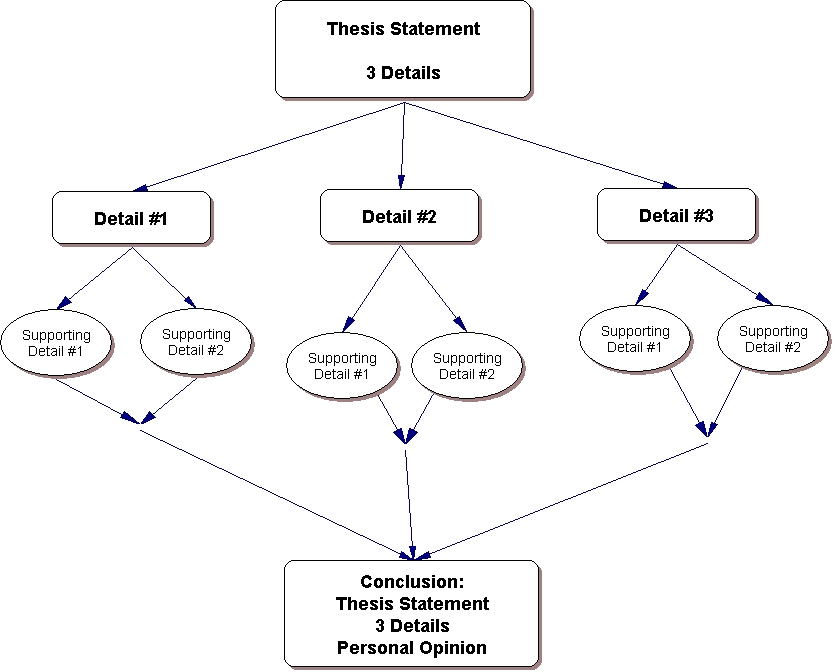No products in the cart.

Introducing children to writing assignments can be both rewarding and challenging. A key writing strategy for kids is to break assignments into smaller, more manageable tasks. This method, known as chunking, is especially beneficial for students with learning differences, as it makes the overall task less daunting and helps children develop essential writing skills progressively. In this step-by-step guide, we’ll explore how to effectively break a writing assignment into manageable parts, making the writing process enjoyable and productive for young learners.
Step 1: Understanding the Assignment
The first step of this writing strategy is to ensure that the child understands the assignment. Simplify the instructions and explain the purpose of the task. Is the assignment a research paper, a personal narrative, or a book report? Help your child understand the difference in purpose between different types of writing. Use clear, concise language and relate the topic to something familiar or interesting to the child. Before your child can start writing, they must know all the expectations. These will make up the smaller tasks of the assignment. Depending on the assignment type, some tasks might include research, reading, note-taking, outlining, drafting, revising, and editing.
Your child can now develop a timeline for completing the writing tasks. Help your child figure out the time required for each task to devise a timeline for finishing the writing assignment.
Step 2: Brainstorming Ideas
Brainstorming is a key element of this writing strategy. Encourage the child to think about different aspects of the topic and jot down their ideas. Use visual aids like graphic organizers, mind maps, or picture prompts to stimulate creativity. Verbal brainstorming can be more effective for younger children. Ask guiding questions about the topic.

Step 3: Creating an Outline
Once the ideas are flowing, the next step is to create an outline. An outline helps organize thoughts and gives structure to the writing. For young children, a simple outline with three main parts – beginning, middle, and end – works well. Encourage the child to add a few critical details under each section. For a research-based assignment, encourage your child to find the information that they feel is most important or interesting. This is a great time to teach your child to highlight important information they want to include in their writing. After reading each page, ask your child what they think is important, and highlight that information together.
Step 4: Writing in Sections
Now that the outline is ready, it’s time to start writing. Plan for how to tackle paragraph writing. Set a schedule and follow it. It could motivate some children to schedule a 20-minute writing session with one break. Planning to write one paragraph and then take a break might make more sense for other children. Setting a schedule teaches your child to manage their time and gives them an endpoint to work toward.
Generally, research papers follow a standard formula. The first paragraph contains a thesis statement and explains what’s coming next. The following three paragraphs support the thesis by providing details and using quotes or facts. The last paragraph reiterates the thesis and sums up the supporting details.

Break the assignment into small sections based on the outline. Focus on one section at a time to avoid overwhelming your child. Start with the beginning. Ask your child to describe the topic using the details from the outline. Once the beginning is complete, move on to the middle and end.
Writing can be tiring, especially for young children. Learning differences such as dyslexia, dysgraphia, ADHD, and executive functioning challenges can make this part challenging, so build in extra time and offer breaks. A break can be a few minutes of physical activity, a snack, or simply time to relax. This helps keep the child’s energy and focus levels high.

Step 5: Revising and Editing
After the first draft is complete, it’s time for revision and editing. Explain to the child that this step is about improving the writing, not criticizing it. Read through the draft together and discuss any changes. Focus on one aspect at a time, such as spelling, punctuation, or adding more details. Encourage the child to make corrections and improvements. Review the paper together to ensure it matches the rubric’s expectations of the writing assignment. Help your child decide where they need to make changes.
Throughout the writing process, praising the child’s efforts is essential. Positive reinforcement boosts confidence and motivates them to keep writing. Celebrate each completed section and the final draft. Display the finished work or share it with family and friends to show the child their efforts are valued. Breaking a writing assignment into chunks is an effective writing strategy for kids to tackle writing tasks with confidence and enthusiasm. You can guide children through the writing process in a manageable and enjoyable way. This approach makes writing less intimidating and helps children develop a structured and positive attitude toward writing, setting a solid foundation for future learning.







No comment yet, add your voice below!